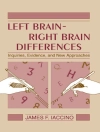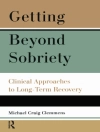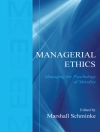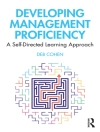Shred through Social Confusion!
The world around us is a complicated place filled with expectations, rules, assumptions, guidelines, regulations, and policies. This “hidden curriculum” exists across environments, places, people, and cultures. Although rules and mandates can be complex, most of us take comfort in them—often unconsciously—because they help us to know what to do in everyday situations. We like rules if they are consistent. It is when they are unclear, or are unstated that we can become upset, indignant, or confused. Some people learn the hidden curriculum and its impact automatically. Others learn the hidden curriculum only by direct instruction. That is the purpose of this book.
In this third edition, the essential features of the original book have been maintained and information on evidence-based practices has been added. In addition, it provides a series of instructional strategies that can be used to teach the hidden curriculum. Instructional aids include charts, forms, and templates designed to make the job of teaching and learning the hidden curriculum more effective.
Finally, The Hidden Curriculum offers extensive lists of hidden curriculum items or unstated guidelines. Due to the elusive nature of the hidden curriculum, the lists—while broad—offer examples rather than a definite set of lessons to be learned. Parents, educators, support persons, and others are encouraged to consider the lists as springboards to make their own lists geared specifically toward the unique needs of the individuals with whom they work or live.












